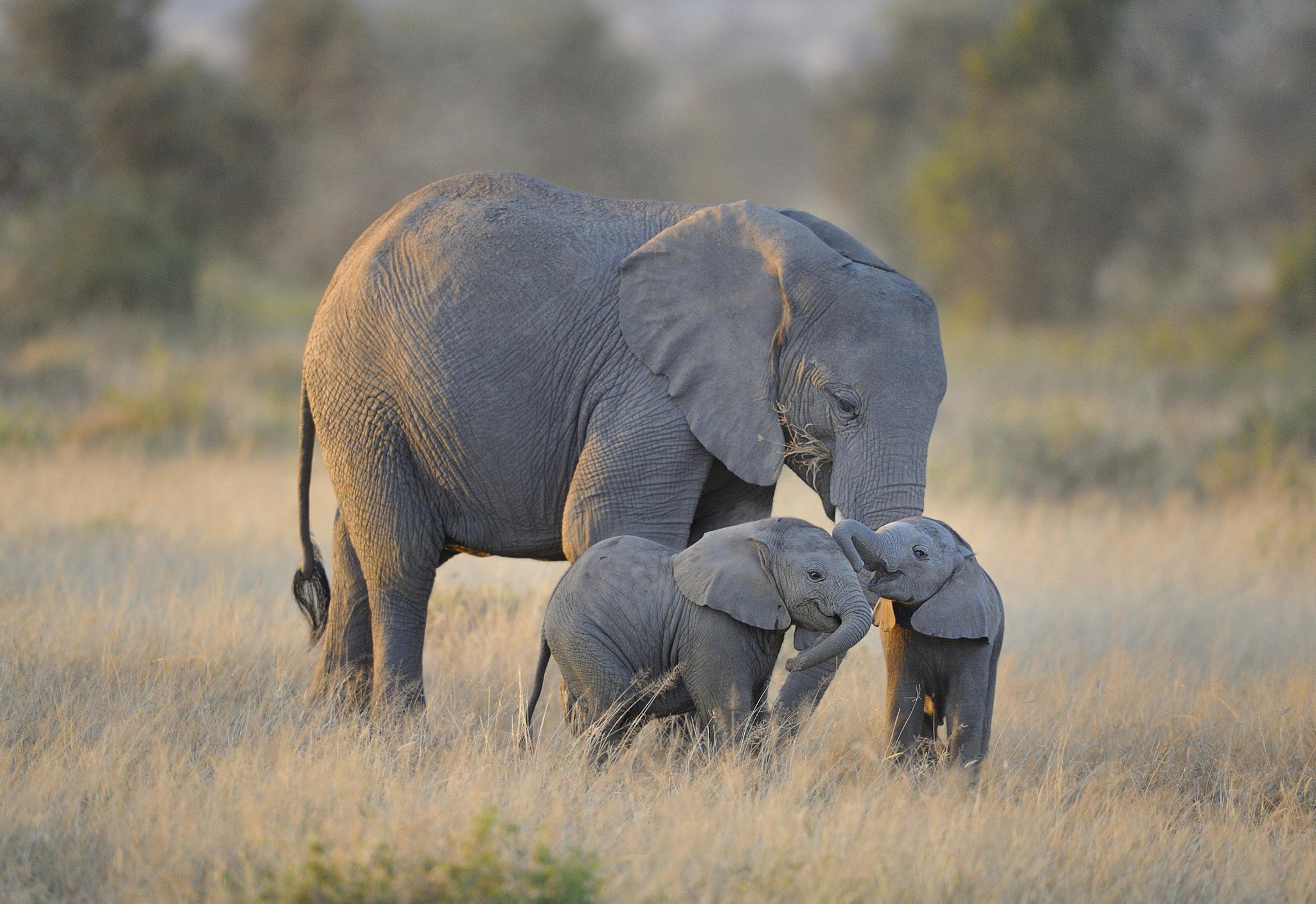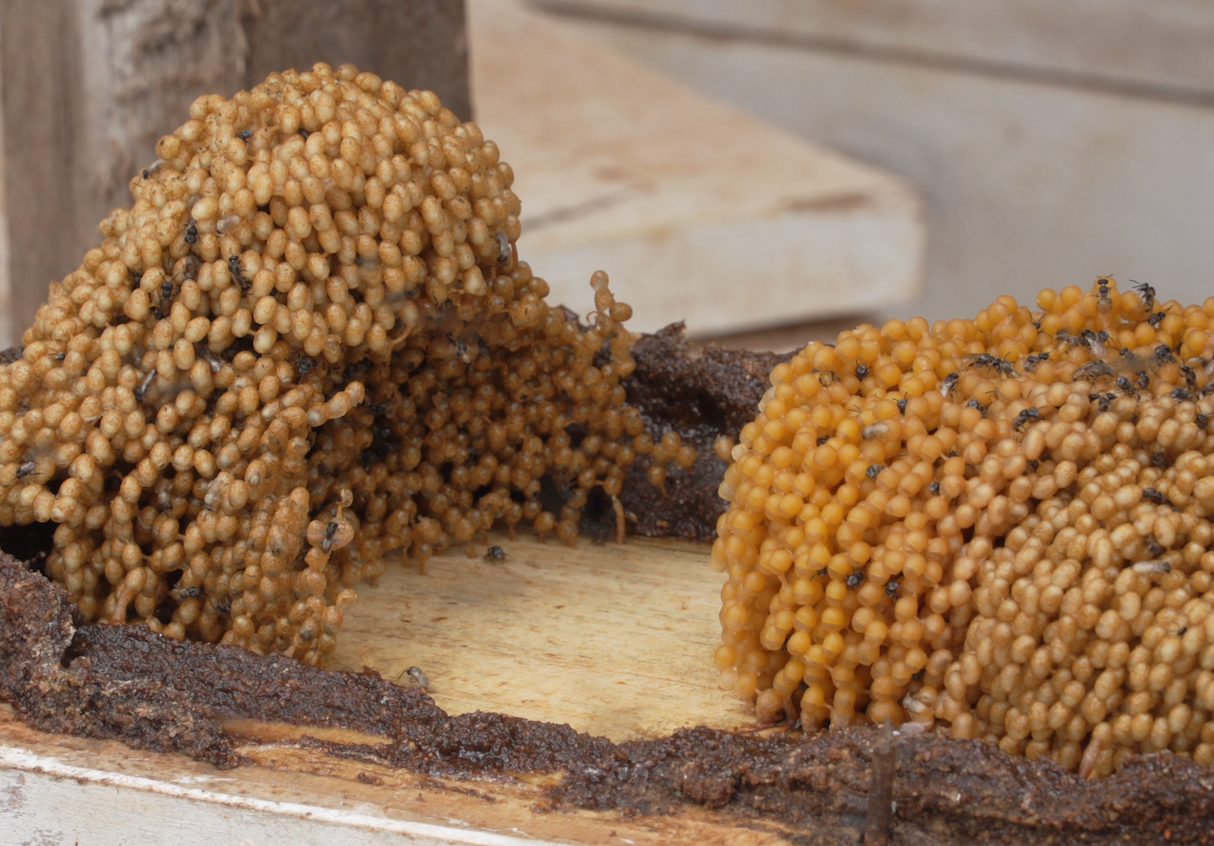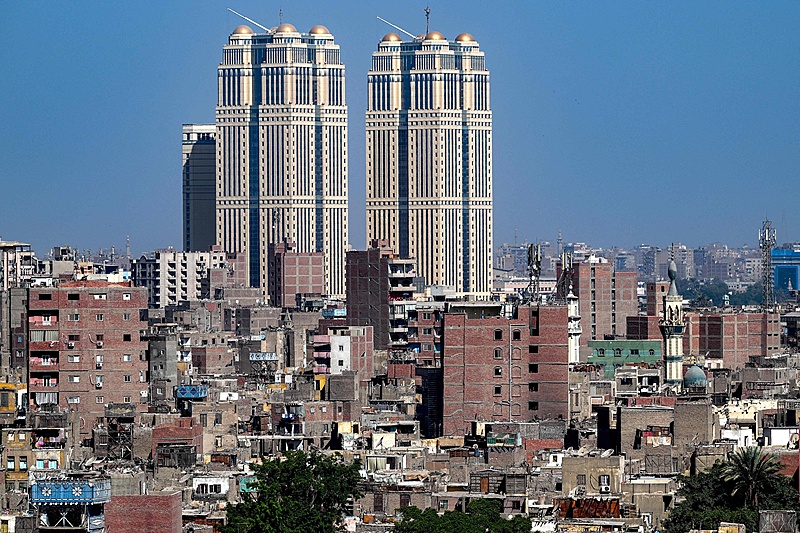
Fight against poaching of Africa’s endangered elephants gets optimistic
Elephant poaching which was at its peak from 2006 and seemed to be getting worse has started decreasing. Although illegal killing of elephants remains too high to allow the elephant population to recover overall poaching seems to have stabilized between 2006 and 2015, according to a monitoring report by the International organization on poaching CITES.
The slight progress has been attributed to the increased numbers and training of rangers, police officers and customs at ports of entry and exit. There are more patrols in wildlife parks, better forensic techniques to track the origin of animal tusks, and a crackdown on corruption by China, the main market for ivory, were among factors helping to limit the slaughter according to a report by Reuters.
Southern Africa is the only sub-region that has not seen illegal killings exceed natural deaths since early 2000s according to research by CITES. However some parks such as Niassa Reserve in Mozambique and South Africa’s Kruger National Park have shown increased elephant poaching.
East Africa records has continued to showing decreasing figures in elephant poaching for the fourth year in a row with only Tanzania showing increased poaching only. However, poaching seems to have increased to a serious level in Central and West Africa.







